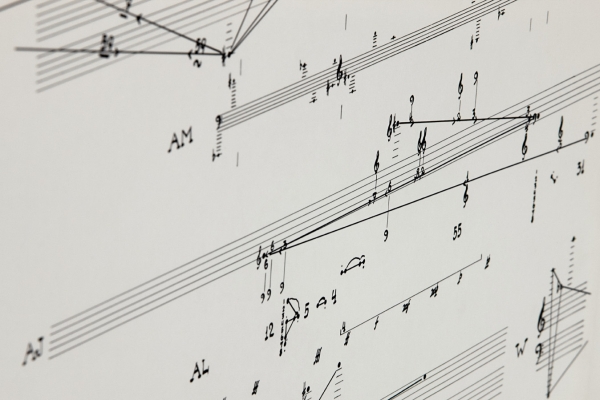The Policy of Noise
John Cage’s Silence in the East and West
Ludwig Museum – Museum of Contemporary Art, November 23, 2012 – February 17, 2013
Text: Sándor Hornyik
Photos: Tamás Bujnovszky

John Cage – mainly as a result of his nexus in fine arts and theatre art – has been established as a key figure of experimental music (and art) both in the West and the East. However, he has been active in totally different intellectual contexts here and there. The exhibition titled The Freedom of Voice approaches cage from the direction of Eastern Europe, mediating a Central European „Cage” who is presented as the „western” apostle of freedom to grow into the propagator of the Word (one might pop the question: what kind of Word could it be?).
Furthermore, Cage’s Word and his „voice” has proven to be so inspiring owing to its „emptiness”, both in the West and the East, as it is easy to fill it with nothing, the space, the negation with a wide variety of aesthetic and political ideologies.
The exhibition of the Ludwig Museum is thus first of all targeted to present the eastern, or more precisely Eastern European impact of John Cage, which places the „master” in a status resembling that of a guru, but at least an oracle who influenced the local sphere of art in a fertile way ranging from Zagreb through Prague to Leningrade. Essentially marginal in the West, Cage (at least through the looking-glass of this exhibition) has grown into a central figure inspiring works of definitely political contents, whilst politics interpreted in the Western sense is the furthest thing from him as an eastern creator (meaning thinking in an Oriental way).














